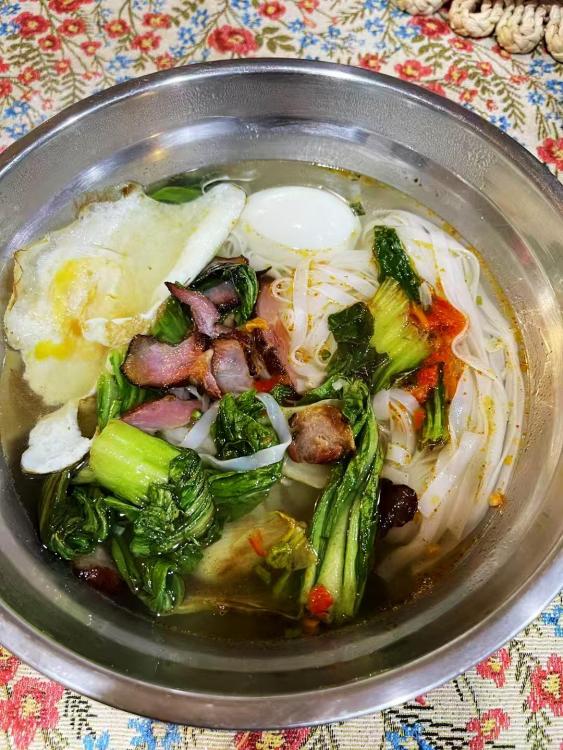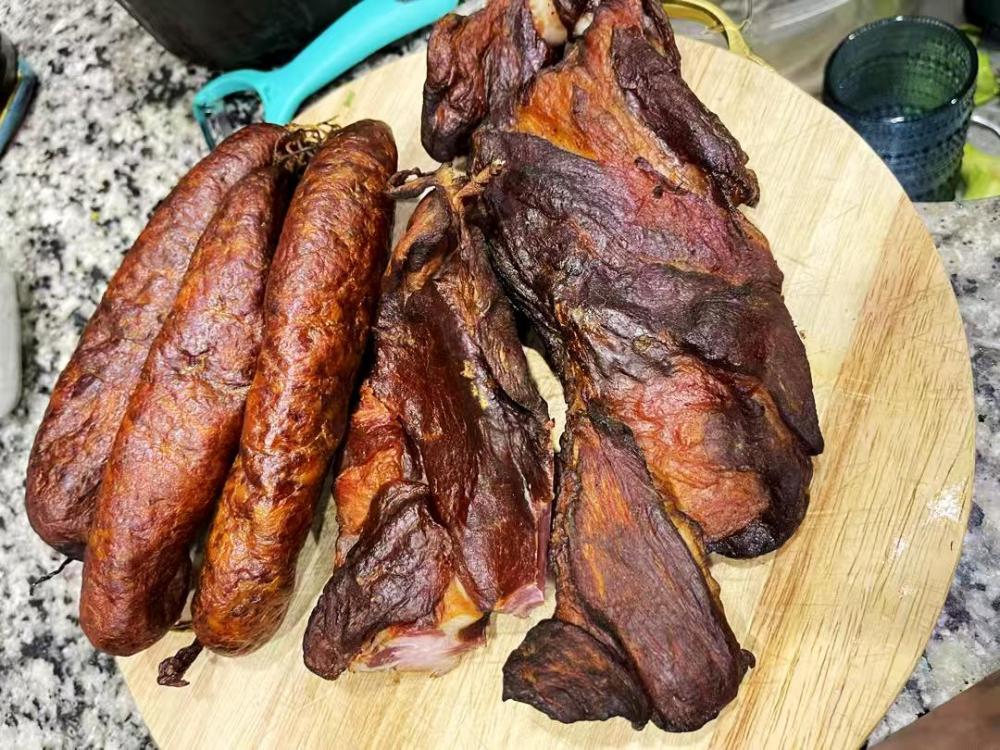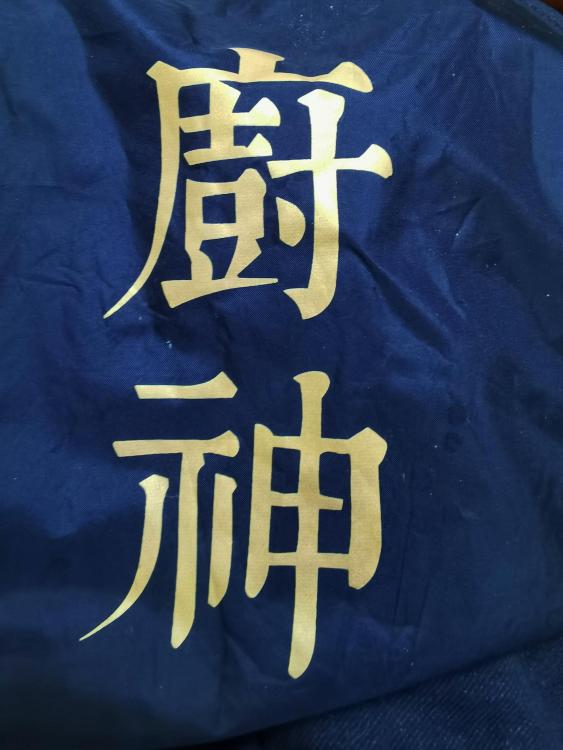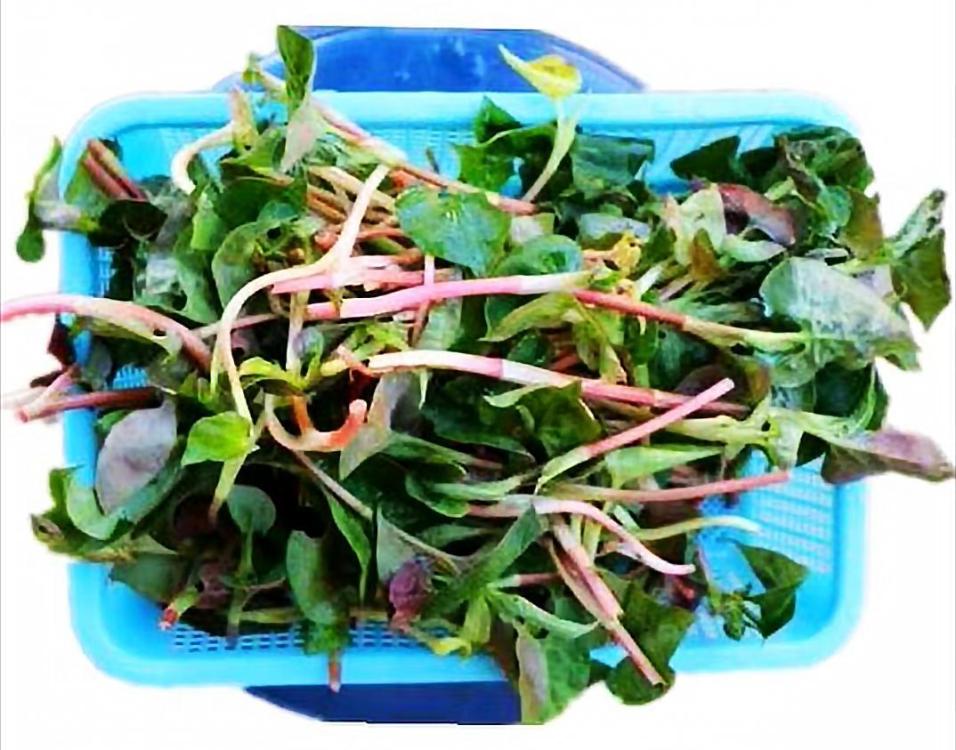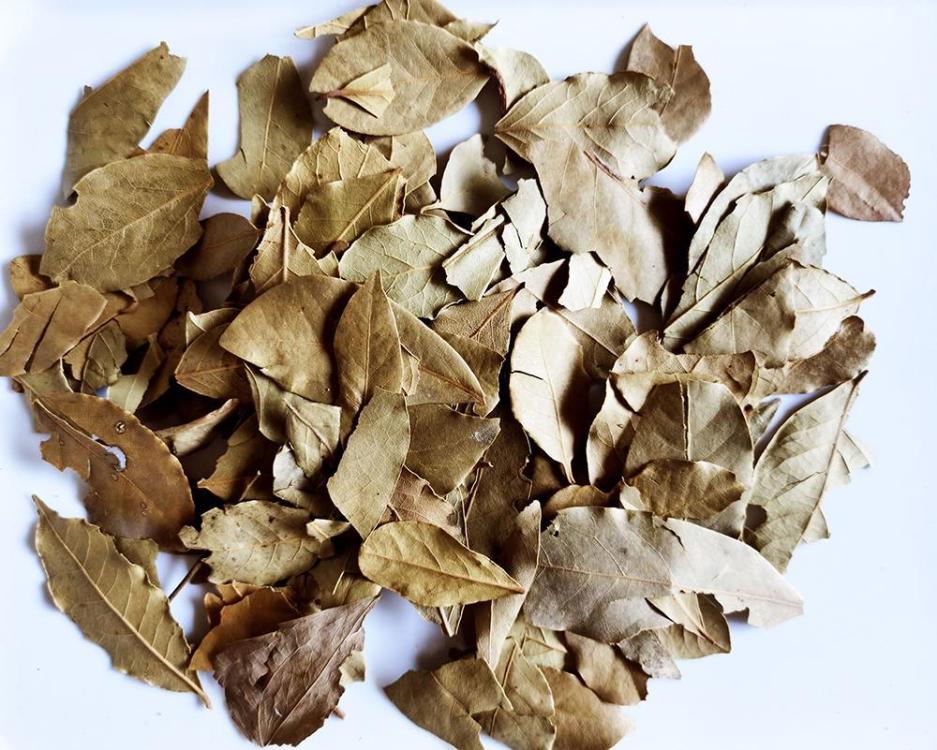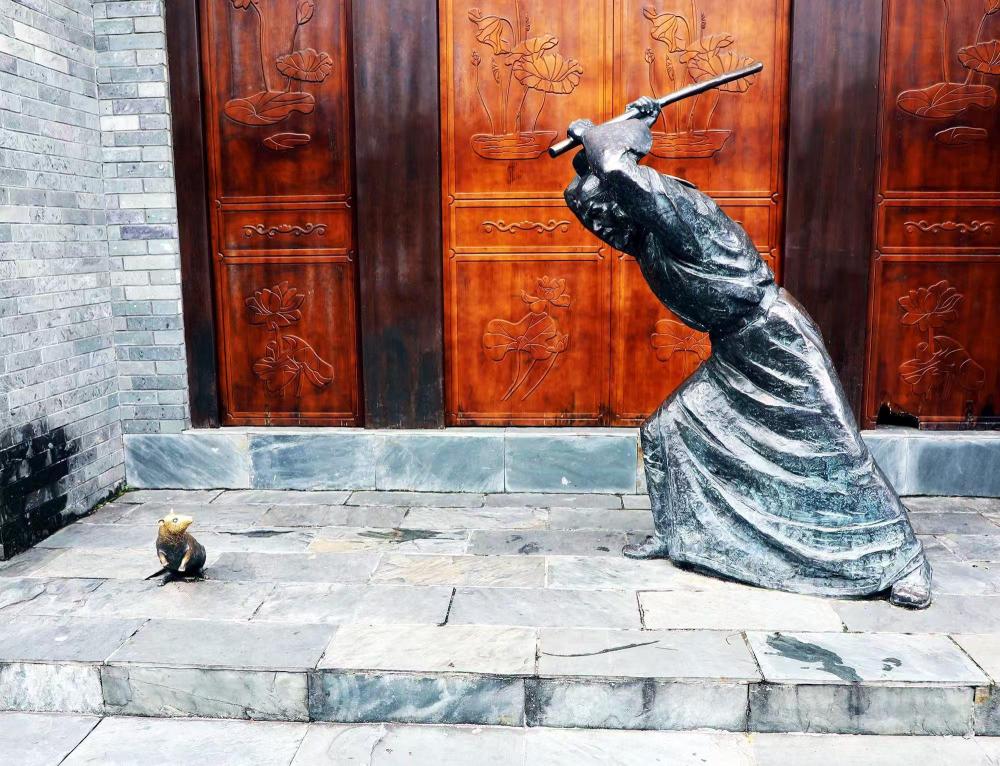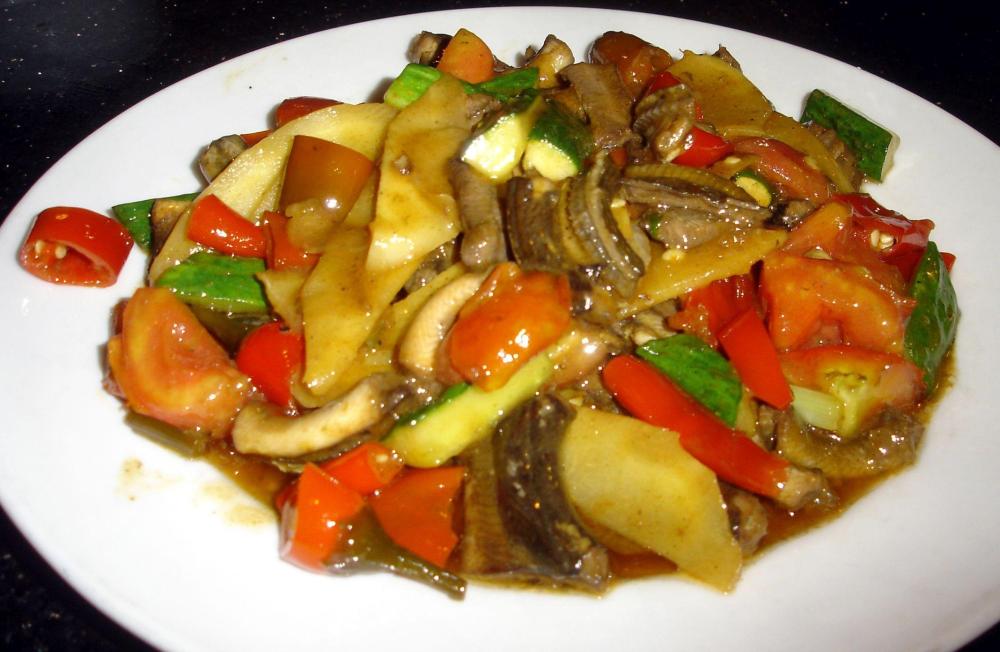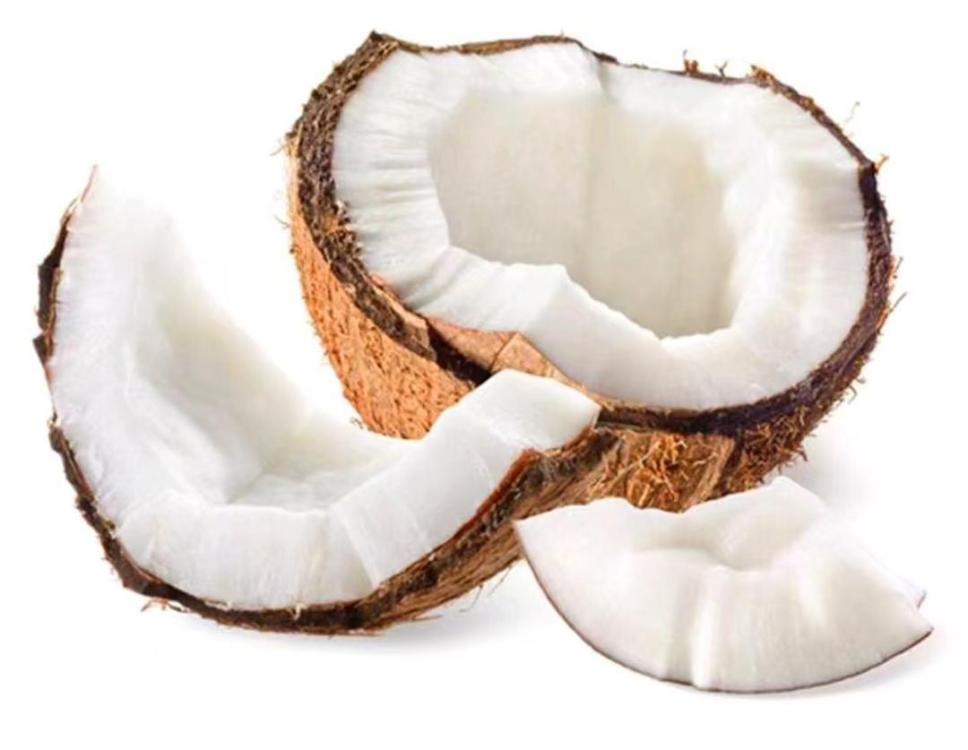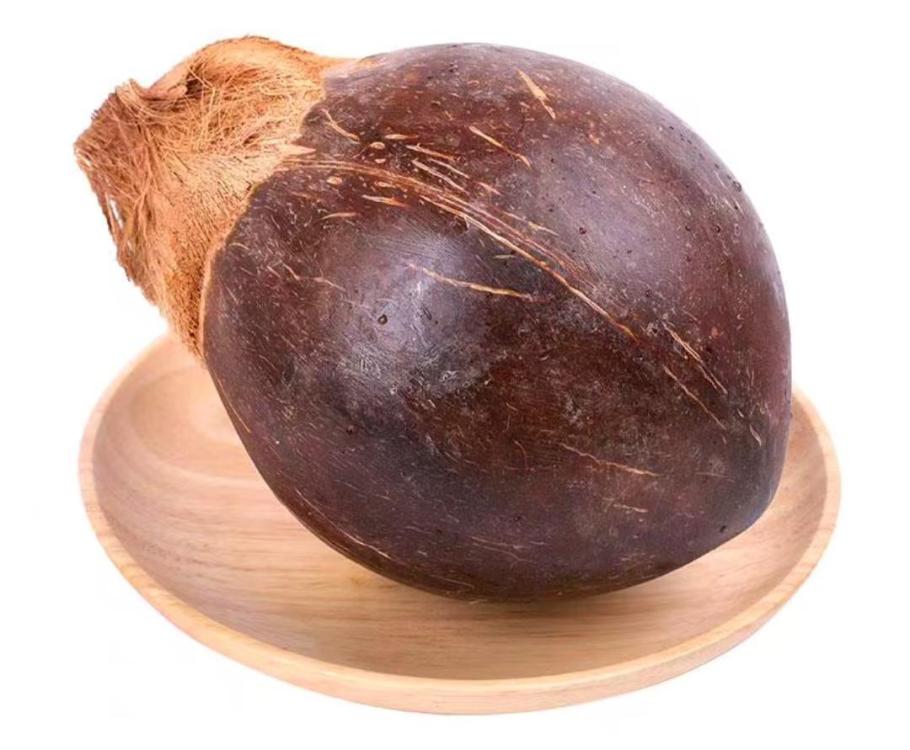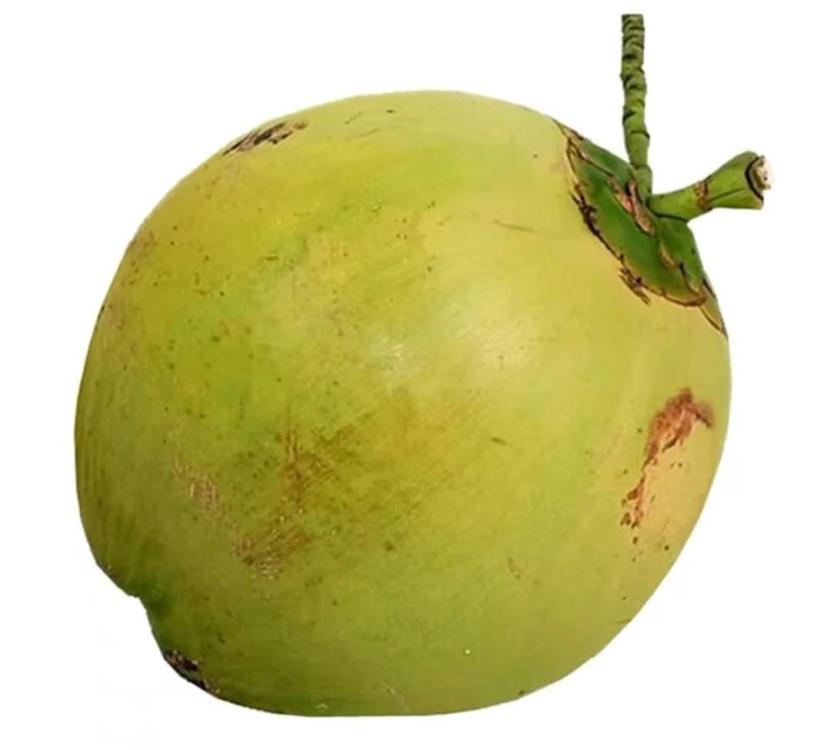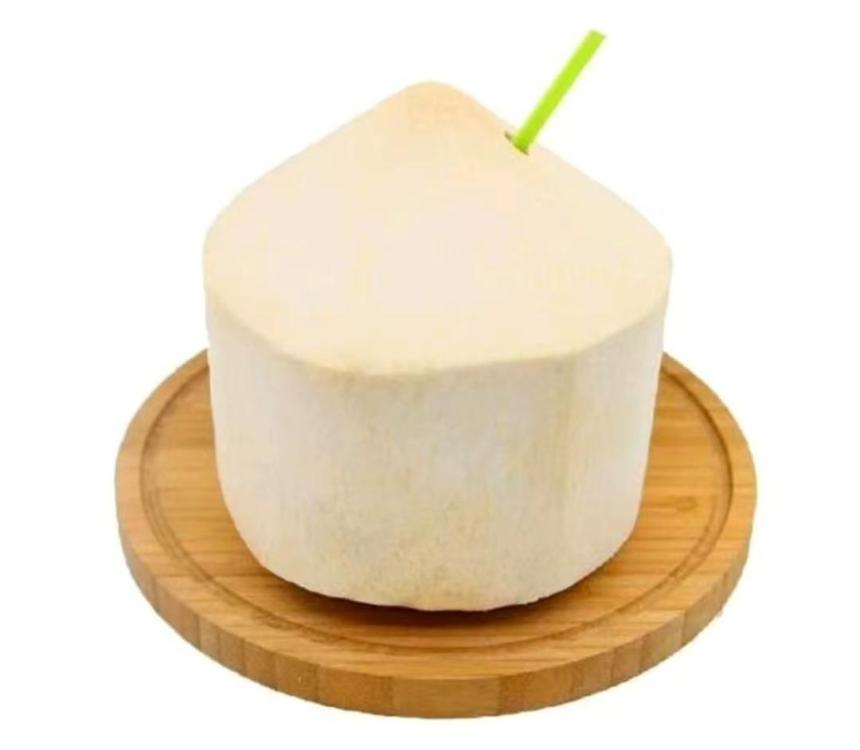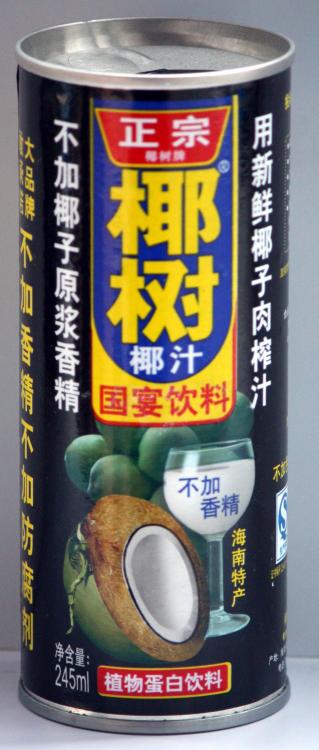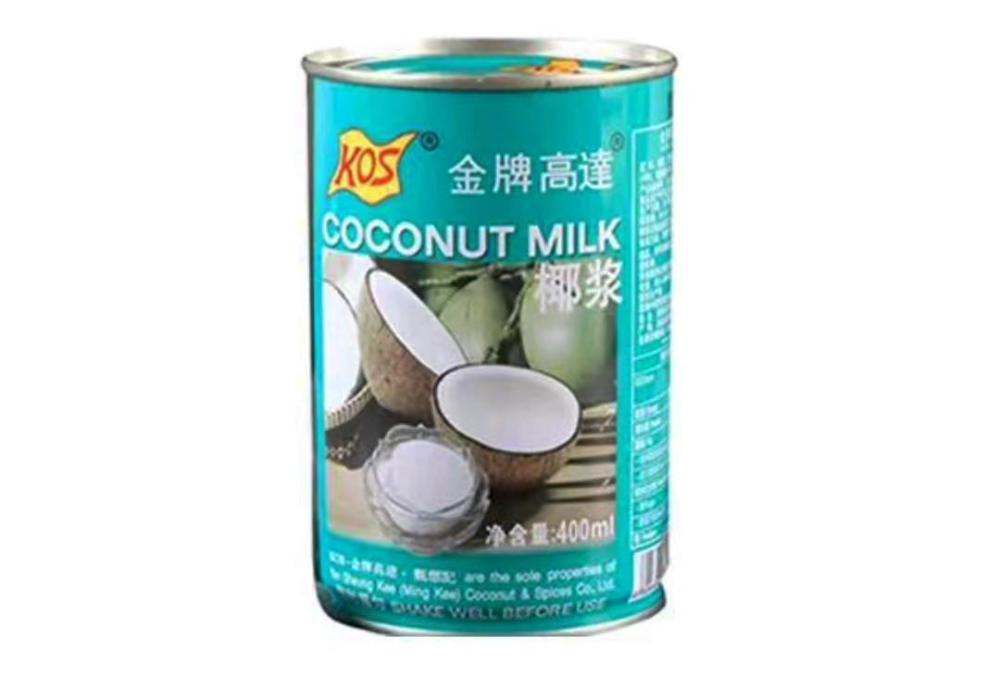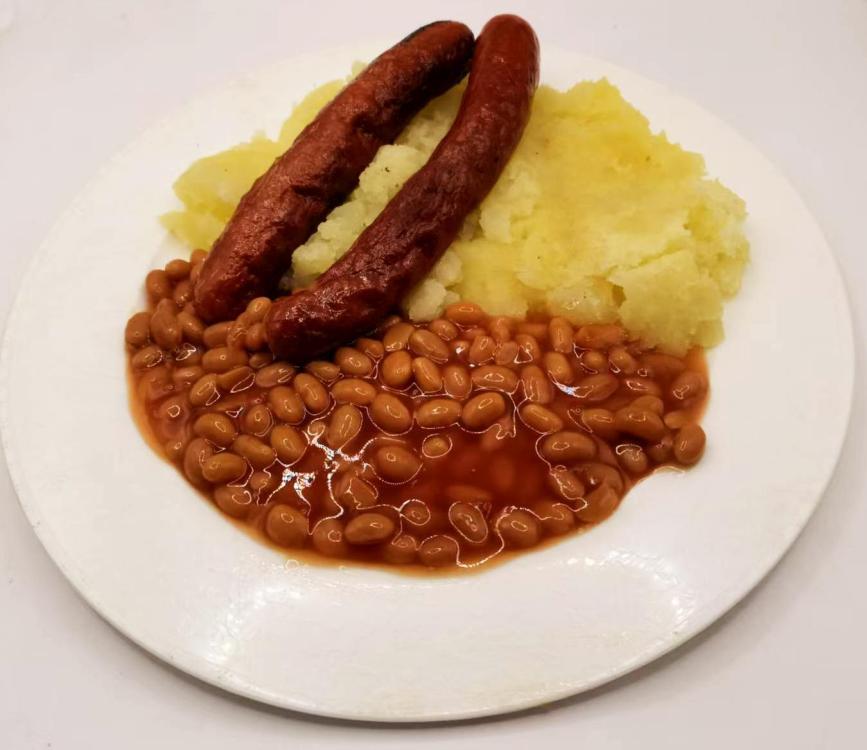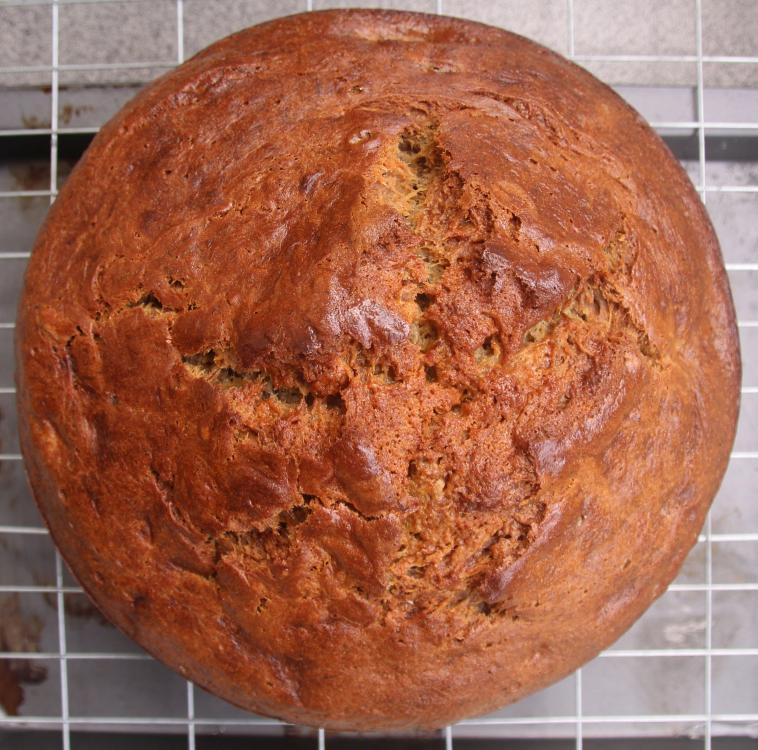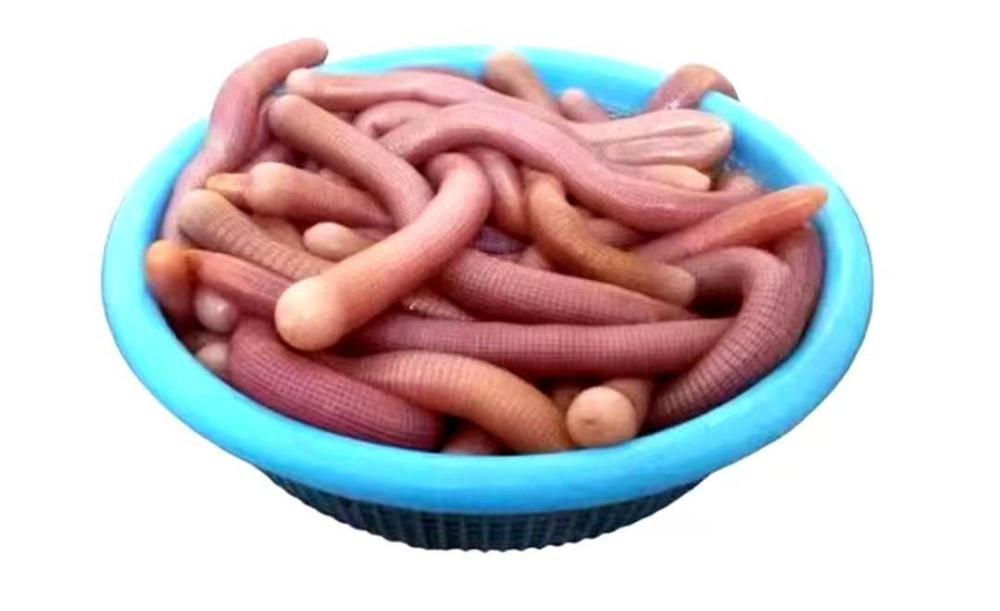-
Posts
16,751 -
Joined
-
Last visited
Content Type
Profiles
Forums
Store
Help Articles
Everything posted by liuzhou
-
This had me laughing out loud, something I rarely do. ‘Free pint when Forest score!’: pub loses £1,500 after seven-goal rampage | Nottingham | The Guardian
-
I'm a nose-turner-upper. They were the only vegetable my mother seemed to know how to "cook" when I was a kid. However. I will make an exception for canned French Petit Pois. Must be a good French brand. I do miss frozen peas, though. No good peas in China, in any form.
-
Yeah. Most people in rural areas still make them themselves, but many in the cities do too. Yeah I love sand pot meat+rice too. But many other ways, too.
-
A very typical Chinese New Year / Spring Festival meal. Rice noodles with home cured pork. While you can buy this meat in the markets, people generally prefer to make their own (and their own sausages). And here are the cured meats. This makes the whole house smell like New Years past!
-
I have three hanging in the kitchen but rarely wear them. My favourite was a gift and reads which means 'Kitchen God' in Cantonese. 😂
-
Found this today. It’s mainly used in China as a medicine in TCM, but does also have culinary applications, more typically in Japan. But I’ll use it in China in the same ways. In Chinese, it is 辣蓼草 (là liǎo cǎo); in Japanese, either べにたで or 紅蓼 (benitade) depending on your choice of writing system. In English, red water pepper, marshpepper knotweed or, my favourite, arse smart! Scientific name: Persicaria hydropiper or Polygonum hydropiper. As you may have guessed the leaves have a peppery flavour and are usually served alongside wasabi and mixed with soy sauce to make a dip for sashimi. It is also sometimes added to soups.
-
Some of us fondly remember this topic. The director, Hirokazu Kore-eda has a new series on Netflix, again set in Japan. It is also said that I have downloaded it (7 hour-long episodes) and will be watching over the next few days and elaborating.
-
Today is Chinese New Year's Day so the country has ground to a total halt and I'm bored. For a long time I've been baffled by references to 'celery root' in American cooking programs or videos. However, I never bothered to find out what it is. Until today. I've known it all my life but as celeriac or céleri-rave when I'm in a French mood. It isn't the root of celery. I've seen a couple of very suspect Chinese 'translations' of the name but it's unknown here. Now I'm wondering how you use it, if at all.
-
But do you taste the difference? I like both. But not all eels taste the same, either.
-
D Not at all. The 'animal' in the year name is not part of most menus. Indeed, two of the twelve are illegal to eat: tiger and monkey. One (dragon) is mythical. Rat is not eaten much, at all. The remainder could be on the menu but are not considered essential in any way. Ox (beef), Rabbit, Snake, Horse, Goat (or sheep*), Rooster (chicken), Dog and Pig are all possible though. Fish, not one of the twelve, is usual as it represents longevity. * Chinese doesn't usually distinguish between the two.
-
I've been following this topic with incredulity. At the risk of starting a war, I will say that I get most of my eggs for free! Due to my lessened mobility of late, I have a lot of my meat and vegetables delivered and they usually throw in a couple of freebies - usually between 2 and 4 chicken's eggs! At first, I though they must be past their peak, but no. They are fresh. If I buy them they are about $6.50 USD for a flat of 30. However I usually buy duck eggs. Those are about $2.70 for eight eggs.
-
Bay leaf is also very common in Chinese cuisine; much more than the article suggests. They are not at all limited to Sichuan. Known in Chinese as 香叶 (xiāng yè), literally flavour leaf or aromatic leaf, they are the Mediterranean type. but I've also seen the Indonesian type very occasionally. I do miss my 40 year old bay tree which is back in London in my daughter's house.
-
Many people here are the same, but it doesn't stop them eating them! I wrote more about the local snake eating here.
-
Certainly not like any eel I've eaten. Closer to chicken but not really chicken-like either. I think they taste like snakes! Texturally, like chicken but, depending on the variety, snake is gamier. That said most chickens today don't taste like chicken. Sorry, not a very helpful answer, I know, but I feel that this habit of comparing the taste of so many things to chicken is rather meaningless. Frogs don't taste to me like chicken either. They taste like frogs. Thanks for the story. No rattlesnakes here, but I knew they are edible.
-
Porcini and shiitake aren't normally a problem A good shake should dislodge most dust. Oyster mushrooms aren't one kind of mushroom. It's a group. I wouldn't recommend drying them. It's very difficult. They're mostly water and you'd be left with next to nothing grindable. The ones to be careful of include morels and others with obvious places for dust, dirt, insects etc to hide.
-
What kind of mushrooms do you have?
-
It's 年夜 (nián yè), New Year's Eve. At midnight we enter 蛇年 (shé nián), the Year of the Snake and the 15 day 春节 (chūn jié) or Spring Festival. To mark this, tonight I will be eating this. Snake* and vegetable stir fry. Also, jiaozi and more. *Banded krait. Highly venomous - they're the best!
-

A pictorial guide to Chinese cooking ingredients
liuzhou replied to a topic in China: Cooking & Baking
That is a question to which I've never worked out the answer. Coconut doesn't feature in much Chinese cooking. A little in a few ethnic minority areas, but not like that of our southern neighbours. I guess they just eat it. I'll ask. -

A pictorial guide to Chinese cooking ingredients
liuzhou replied to a topic in China: Cooking & Baking
One 'nut' I forgot! Except it's not a nut but another drupe. 椰子 (yē zi) does grow hereabouts, but most are from Hainan, China's southernmost island province. I'm talking 🥥, Cocos nucifera, the coconut. Sold in supermarkets, fruit stores and by itinerant street vendors. They come in various forms. The street vendors usually have this type which they sell chilled and drilled to insert a straw to get to the coconut water. Also, hugely popular across China is this coconut drink. It is sold everywhere from mon n pop stores to being served at state banquets. Various brands of coconut milk / cream are also available so I get my SE Asian fix. This is the most common. -
I totally understand. I don't like or eat anything containing cØrn. For while I did have an oven, then it died. Then for a while I didn't have an oven. But then I bought a new one. A large toaster oven. I make bread in that. Once upon a long ago, I was quite active in the bread baking topic. Extremely few of my neighbours have an oven, if any.
-
This may have been a touch on the brunch side but substantial enough to be lunch, so... Sausage, beanz and mash. The sausages were debreciner; Beanz by Heinz and buttery potato mash. No apologies.
-
I wait for the bananas to turn black and start packing their bags and moving out of the store under their own steam then I round them up and make banana bread. Perfection. (If you like that s ort of thing)
-
Back a couple of pages in this post, I mentioned 沙肠虫 (shā cháng chóng), sand worms. Since then I have made their acquaintance. (Unfortunately, I can't edit the original post to add the image.) They're OK, but I wouldn't make a special trip to get 'em.
-
In my opinion, they're very good, but not worth that level of attention. Maybe I'm just a philistine.



